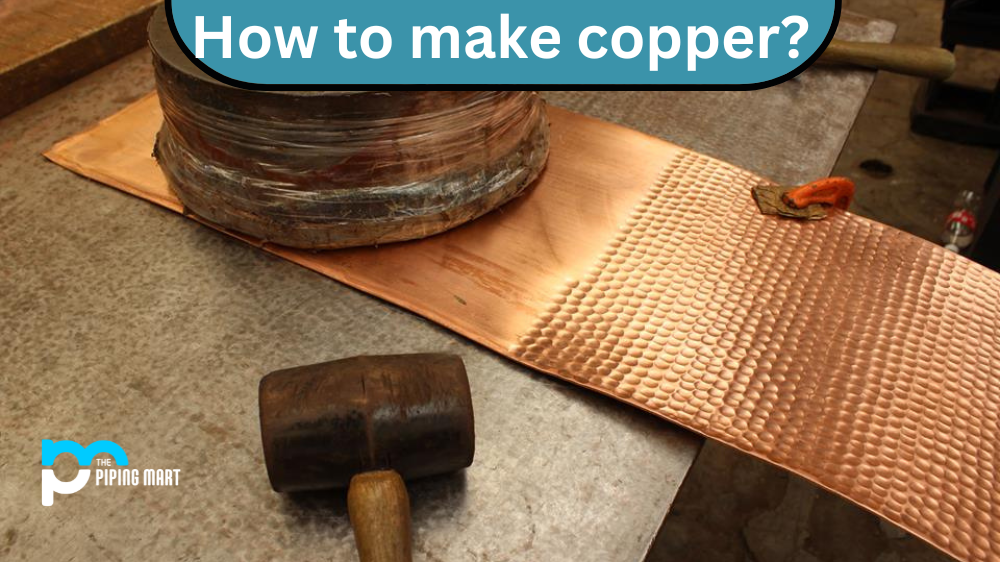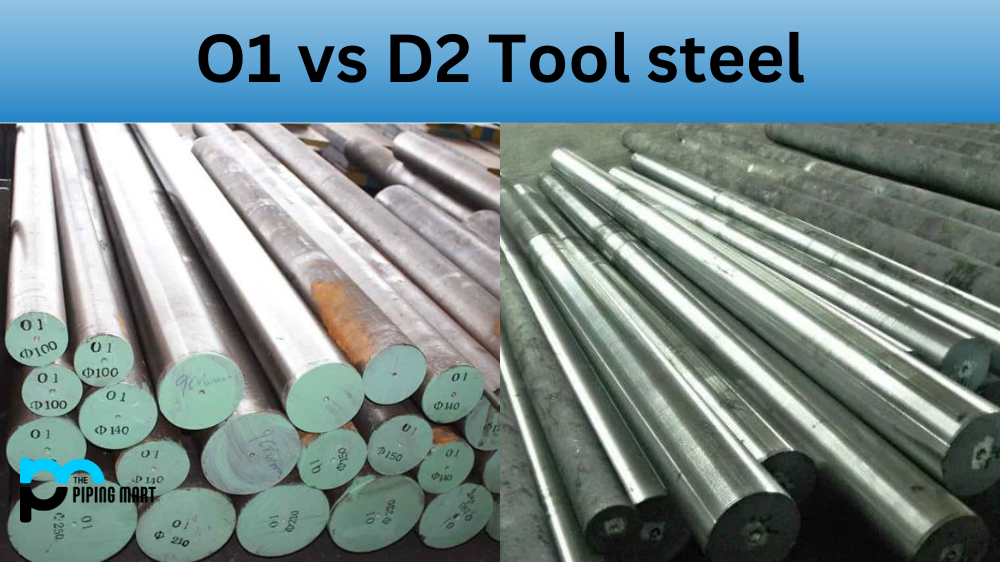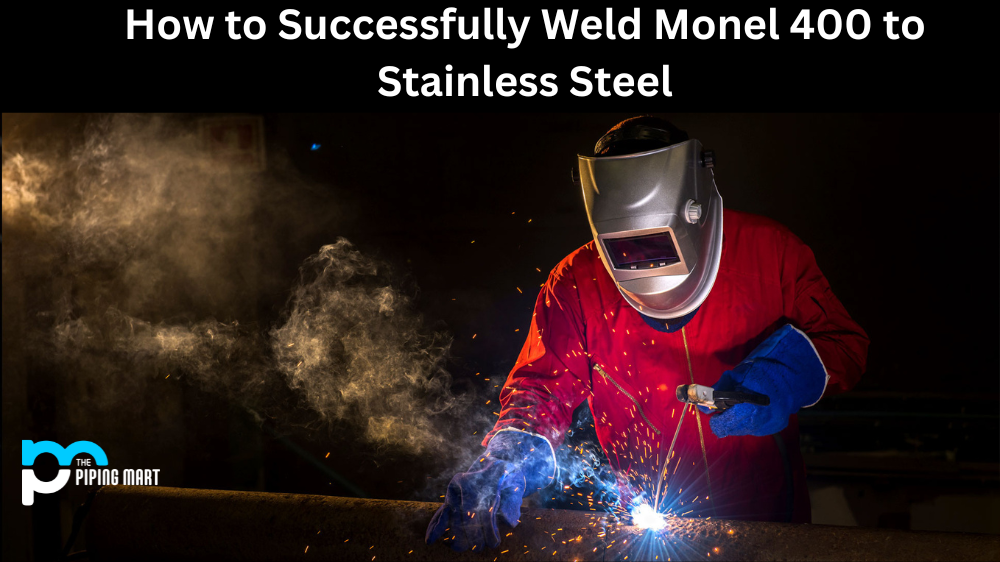Copper is a versatile and durable metal that has many uses across a variety of industries. It can be found in everything from jewelry and coins to wiring and plumbing. But have you ever wondered how copper is made? Let’s take a look at the process of making copper from start to finish.
Process of Refining Copper
The first step in refining copper is known as smelting. In this process, ore containing copper is heated until it melts, separating the impurities from the copper itself. Once the impurities have been removed, the resulting product is known as “blister copper” due to its unique bubbled appearance. This blister copper can then be further refined into purer forms by passing it through an electrolytic cell or by using a chemical process known as fire refining.
The electrolytic cell process works by passing an electric current through two electrodes submerged in a solution of sulfuric acid and copper sulfate. As this happens, the positively charged ions (known as cations) move toward the negatively charged electrode (the cathode), while the negatively charged ions (anions) move toward the positive electrode (the anode). This results in purer forms of copper being deposited onto each electrode. The resulting material is known as electrolytic grade or refined copper.
Fire refining, on the other hand, is used to remove any remaining oxygen present in blister copper before it is cast into usable shapes. This involves heating blister copper with silica and fluxes until most of its impurities are burned away, and molten slag rises to the top, which can then be skimmed off. The result is fire-refined grade A or grade B copper – both of which are suitable for many different applications in industries ranging from electronics manufacturing to construction work.
Conclusion:
Making high-quality, usable pieces of copper requires several stages of refinement and processing before it reaches their final form. From smelting ore containing traces of metal all the way up to producing fire-refined grade A or B material, there are multiple steps involved in creating usable pieces out of raw materials that involve both chemical and electrical processes. Whether you’re a hobbyist looking for unique metals for your projects or an industrial manufacturer requiring large amounts for commercial use, understanding how these processes work can help you find what you need more efficiently than ever before!

Hey, I’m Krutik, a casual blogger expert in the metal industry. I am passionate about providing valuable information to my readers. With a background in engineering and construction, I like playing Cricket & watching Netflix shows in my free time. Thank you for visiting my blog, and I hope you find my information helpful!




